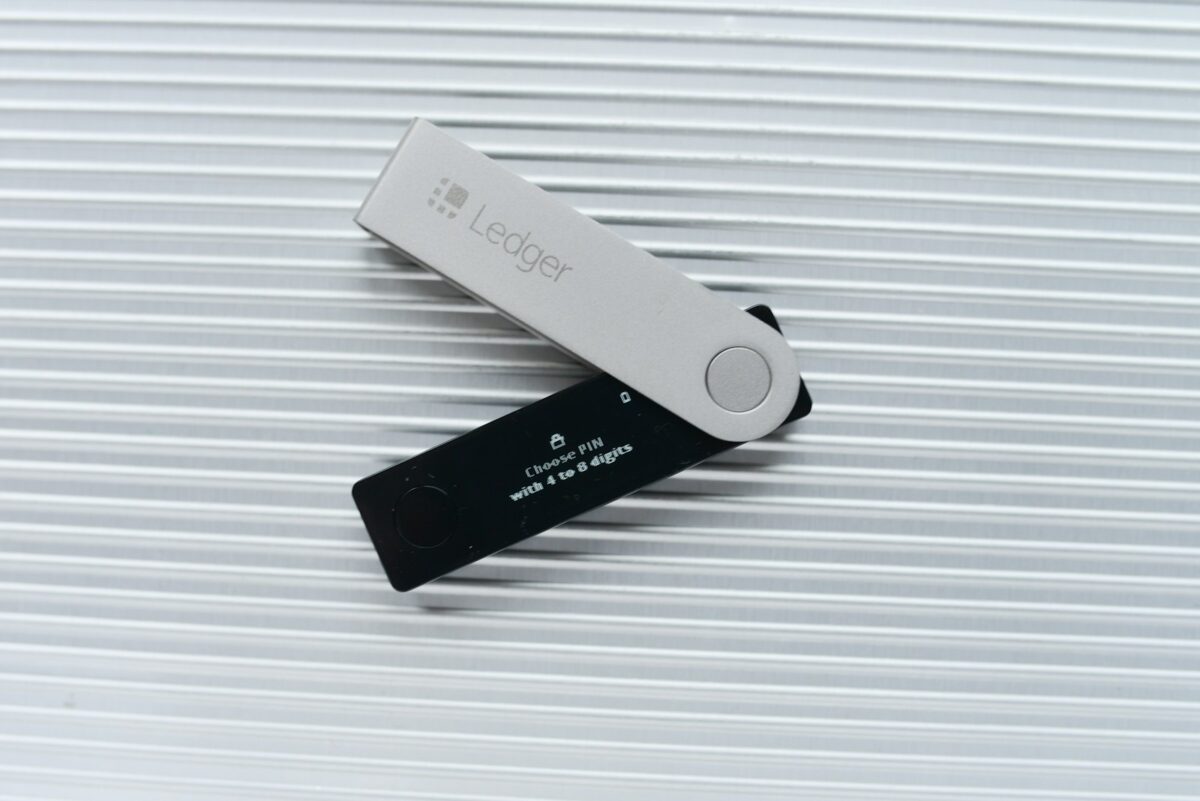
Crypto exchange security features

Cold storage remains the most reliable method to protect digital assets from unauthorized access. By isolating private keys offline, this approach significantly reduces exposure to hacking attempts and network vulnerabilities. Implementing multi-layered offline wallets is a proven strategy for safeguarding substantial reserves within any trading platform.
Integration of two-factor authentication (2FA) adds a vital verification layer beyond simple passwords. Utilizing time-based one-time passwords or hardware tokens effectively minimizes risks associated with compromised credentials. Encouraging users to enable 2FA enhances overall platform trustworthiness by limiting unauthorized logins.
Strict adherence to regulation and compliance frameworks establishes clear operational standards that elevate protection protocols. Licensing requirements often mandate regular audits, transparent reporting, and user fund segregation, which collectively reinforce system integrity. Observing these legal obligations ensures alignment with industry best practices and fosters investor confidence.
Insurance policies covering custodial assets provide an additional safety net against potential losses resulting from breaches or internal malfeasance. While not universally adopted, insured platforms offer users measurable assurance regarding the security of their holdings. This financial safeguard complements technical controls by addressing risk from a recovery standpoint.
The combination of advanced technological safeguards with robust procedural controls–including encrypted data transmission and continuous monitoring–creates a resilient environment for asset storage. Prioritizing these elements enables platforms to withstand evolving threats while maintaining operational transparency and reliability.
Security Features of Cryptocurrency Trading Platforms: Getting Started
Prioritize platforms with robust multi-factor authentication systems to significantly reduce unauthorized access risks. Combining hardware tokens, biometric verification, and time-based one-time passwords (TOTP) creates layered protection beyond simple password entry. For example, integrating Universal 2nd Factor (U2F) devices has proven effective in preventing phishing attacks targeting login credentials.
Storage solutions must emphasize segregation between hot and cold wallets to minimize exposure to cyber threats. Cold storage keeps the majority of funds offline using air-gapped devices or secure hardware modules, limiting potential theft vectors. Notably, exchanges employing multi-signature cold wallets require several independent approvals before funds can be moved, increasing operational security.
Regulatory Compliance and Custodial Insurance
Adherence to strict regulatory frameworks such as AML/KYC requirements ensures that asset custodians maintain transparency and accountability. Compliance audits frequently assess platform integrity, operational controls, and data protection protocols. Additionally, some trading venues provide insurance policies that cover losses from hacking incidents or internal fraud, offering an extra layer of financial safeguard for users.
Advanced anomaly detection systems utilize machine learning algorithms to monitor transactional patterns continuously. These tools flag irregular activities like rapid withdrawals or unusual IP address changes in real-time, enabling swift intervention. Incorporating such adaptive security layers allows platforms to respond dynamically to evolving threat vectors.
- Authentication: Multi-factor methods including biometrics and U2F keys
- Storage: Cold wallets with multi-signature approval mechanisms
- Compliance: AML/KYC adherence verified by third-party audits
- Insurance: Coverage against cyber theft and internal breaches
- Anomaly Detection: AI-driven monitoring for transaction irregularities
The interplay between technological safeguards and regulatory mandates shapes a resilient defense framework. For instance, Japanese platforms operate under stringent Financial Services Agency supervision requiring quarterly penetration testing reports publicly disclosed for community trust enhancement. Such transparency encourages continuous refinement of protective measures while educating users about potential vulnerabilities.
A practical experiment for enthusiasts involves setting up a personal cold storage system using open-source wallets combined with hardware security modules (HSMs). This hands-on approach reveals challenges related to key management and offline signing processes while illustrating the critical role of secure asset custody in maintaining overall network trustworthiness.
Setting Up Two-Factor Authentication
Implementing two-factor authentication (2FA) significantly enhances the protection of user accounts by adding an additional layer beyond conventional password entry. This method requires users to provide two distinct types of credentials: something they know (password) and something they possess (a one-time code generated on a separate device). Such dual verification reduces risks associated with unauthorized access, acting as a form of insurance against credential theft or phishing attempts.
From a technical standpoint, 2FA often leverages Time-based One-Time Passwords (TOTP) compliant with RFC 6238, synchronizing client and server clocks to generate ephemeral codes valid for short intervals. Many platforms support hardware tokens like YubiKey or smartphone applications such as Google Authenticator and Authy. Enabling this mechanism not only aligns with regulatory compliance requirements but also contributes to safeguarding sensitive operations including withdrawal requests and account modifications.
Technical Implementation and Practical Advantages
The integration of two-factor authentication within asset management platforms involves several key steps:
- User registration for 2FA, typically via scanning a QR code linked to a shared secret key.
- Generation of TOTP codes on the client side, synchronized with the server’s validation algorithm.
- Verification during login phases or critical transactions, requiring input of both password and dynamic code.
This process mitigates risks emerging from compromised passwords due to data breaches or social engineering attacks. Case studies demonstrate that accounts protected by 2FA exhibit drastically reduced incidents of unauthorized access compared to those relying solely on single-factor authentication.
Beyond immediate account defense, certain custodial platforms integrate cold storage solutions combined with multi-signature protocols for long-term asset preservation. In these scenarios, two-factor mechanisms serve as an initial gatekeeper before accessing hot wallets or initiating transfers. This layered approach complements offline storage methods designed to isolate funds from network vulnerabilities.
Compliance frameworks often mandate the adoption of multifactor authentication to meet industry standards such as ISO/IEC 27001 or PCI DSS. Regular audits assess whether entities maintain appropriate safeguards including mandatory use of secondary authentication factors. Failure to implement these controls can result in penalties or loss of operational licenses, underscoring their strategic importance for institutional trustworthiness.
Research into behavioral patterns suggests that combining biometric elements with traditional two-step verification may further fortify defenses. However, practical deployment must consider usability trade-offs and potential points of failure such as device loss or synchronization errors. Organizations are encouraged to offer backup recovery options like printable recovery codes or secondary email confirmations while educating users about best practices in credential management.
Recognizing Phishing Attempts
Immediate verification of URLs and sender addresses is critical to identify fraudulent communications targeting user credentials. Malicious actors often imitate official platforms, exploiting similar domain names or subtle character substitutions to deceive users. Confirming the authenticity of links before interaction reduces exposure to credential theft, which can bypass advanced storage protocols such as cold wallets and compromise account integrity.
Implementing two-factor authentication (2FA) significantly mitigates risks associated with phishing attacks. Even if login information is intercepted, an additional verification layer demands possession of a secondary device or application-generated code, rendering stolen credentials insufficient for unauthorized access. Platforms compliant with stringent regulation frameworks commonly enforce 2FA as a baseline protective measure against social engineering exploits.
Technical Indicators and Protective Measures
Phishing messages frequently contain urgent requests for personal information or prompt immediate action, often leveraging psychological pressure to bypass rational scrutiny. Users should analyze message headers, check for inconsistencies in grammar or formatting, and verify that communication aligns with known policies regarding insurance coverage disclosures or security updates. Fraudulent attempts rarely provide verifiable references to compliance certifications or regulatory audits associated with asset custodianship.
A practical method to deepen understanding involves controlled simulations of spear-phishing scenarios within institutional environments managing digital assets. Observing how attackers manipulate trust mechanisms highlights vulnerabilities in user awareness rather than technical infrastructure alone. Combining this insight with hardware-based cold storage solutions enhances resilience by isolating private keys from network exposure even if initial credentials are compromised through deceptive channels.
Securing Withdrawal Whitelist
Implementing a withdrawal whitelist is a pivotal method for enhancing the protection of asset transfers by restricting withdrawals exclusively to pre-approved addresses. This approach significantly reduces risks associated with unauthorized transactions, as it requires that all destination addresses undergo prior verification and approval processes compliant with regulatory standards. Integrating this mechanism within operational protocols aligns with both internal governance and external regulatory frameworks, ensuring stringent control over outbound fund movements.
Two-factor authentication (2FA) must complement the withdrawal whitelist to fortify user verification during transaction approvals. By requiring dual confirmation–often combining hardware tokens or biometric data alongside passwords–the system mitigates threats from credential compromise. Studies on multi-layered authentication demonstrate considerable reductions in fraudulent withdrawals, particularly when combined with address whitelisting, creating a robust barrier against illicit access attempts.
Technical Implementation and Storage Considerations
The configuration of a withdrawal whitelist necessitates secure storage solutions that maintain integrity and confidentiality of approved addresses. Cold storage environments offer substantial advantages by isolating sensitive information offline, thereby limiting exposure to network-based attacks. Applying cryptographic protections such as encryption keys stored within hardware security modules (HSMs) further ensures that only authorized entities can modify whitelist entries. In practice, segregating hot wallets for daily operations from cold storage repositories holding whitelisted addresses creates layered defense lines crucial for resilience against intrusions.
Compliance with jurisdictional requirements often mandates transparent audit trails linked to whitelist modifications. Implementing automated logging mechanisms records every change request along with corresponding authentication credentials used for authorization. This auditability not only facilitates regulatory inspections but also supports internal risk assessments by providing detailed chronological records of withdrawal permissions and adjustments.
Insurance Integration and Risk Mitigation
Incorporating insurance policies tailored to cover losses resulting from unauthorized withdrawals enhances institutional trustworthiness and financial safety nets. Insurers increasingly evaluate the presence of withdrawal whitelists as part of their risk assessment criteria, recognizing that these controls materially decrease exposure to theft or fraud-related claims. Furthermore, insured entities benefit from dedicated incident response protocols aligned with policy terms, which expedite recovery procedures following security breaches involving asset transfers.
Case studies reveal that platforms employing whitelisting combined with rigorous identity verification processes experienced fewer successful phishing attacks targeting withdrawal functions. One notable example demonstrated a 70% reduction in fraudulent outflows after deploying address whitelists paired with adaptive two-factor authentication challenges triggered by anomalous behavior detection algorithms.
Conclusion: Advancing Custodial Integrity through Cold Storage Solutions
Implementing cold storage wallets remains the most resilient approach to safeguarding substantial asset reserves within trading platforms. Integrating multi-layered authentication protocols, particularly two-factor authentication mechanisms alongside offline private key retention, drastically reduces vulnerability vectors commonly exploited in hot wallet configurations.
Regulatory frameworks increasingly demand demonstrable compliance measures that emphasize custody segregation and robust operational controls. Coupling these mandates with insurance coverage against theft or loss not only enhances fiduciary responsibility but also elevates user trust metrics, which are critical for sustained platform viability.
Future Directions and Technical Imperatives
- Hardware Advances: Emerging tamper-resistant modules and secure enclave technologies promise to elevate the protection of cold wallets by isolating cryptographic operations from external interference.
- Automated Compliance Audits: Integration of blockchain analytics tools enables real-time verification of cold storage integrity, facilitating adherence to evolving regulatory requirements without compromising operational efficiency.
- Layered Access Controls: Combining biometric verification with traditional two-factor authentication creates adaptive security postures responsive to threat intelligence inputs.
- Insurance Protocol Evolution: Parametric insurance models tied directly to custodial performance metrics incentivize continuous enhancement of safeguarding strategies.
The confluence of these developments signals a paradigm shift where custodial solutions transition from static vaults into dynamic, verifiable components of the broader asset management ecosystem. Exploring modular architectures that allow seamless migration between cold and warm storage states under strict policy governance opens avenues for optimized liquidity management without compromising safety parameters.
This experimental trajectory invites ongoing inquiry: How might quantum-resistant encryption transform offline key storage? Can decentralized identity frameworks streamline compliance while preserving privacy? Addressing these questions will shape resilient custody infrastructures capable of meeting stringent demands imposed by regulators and market participants alike.


